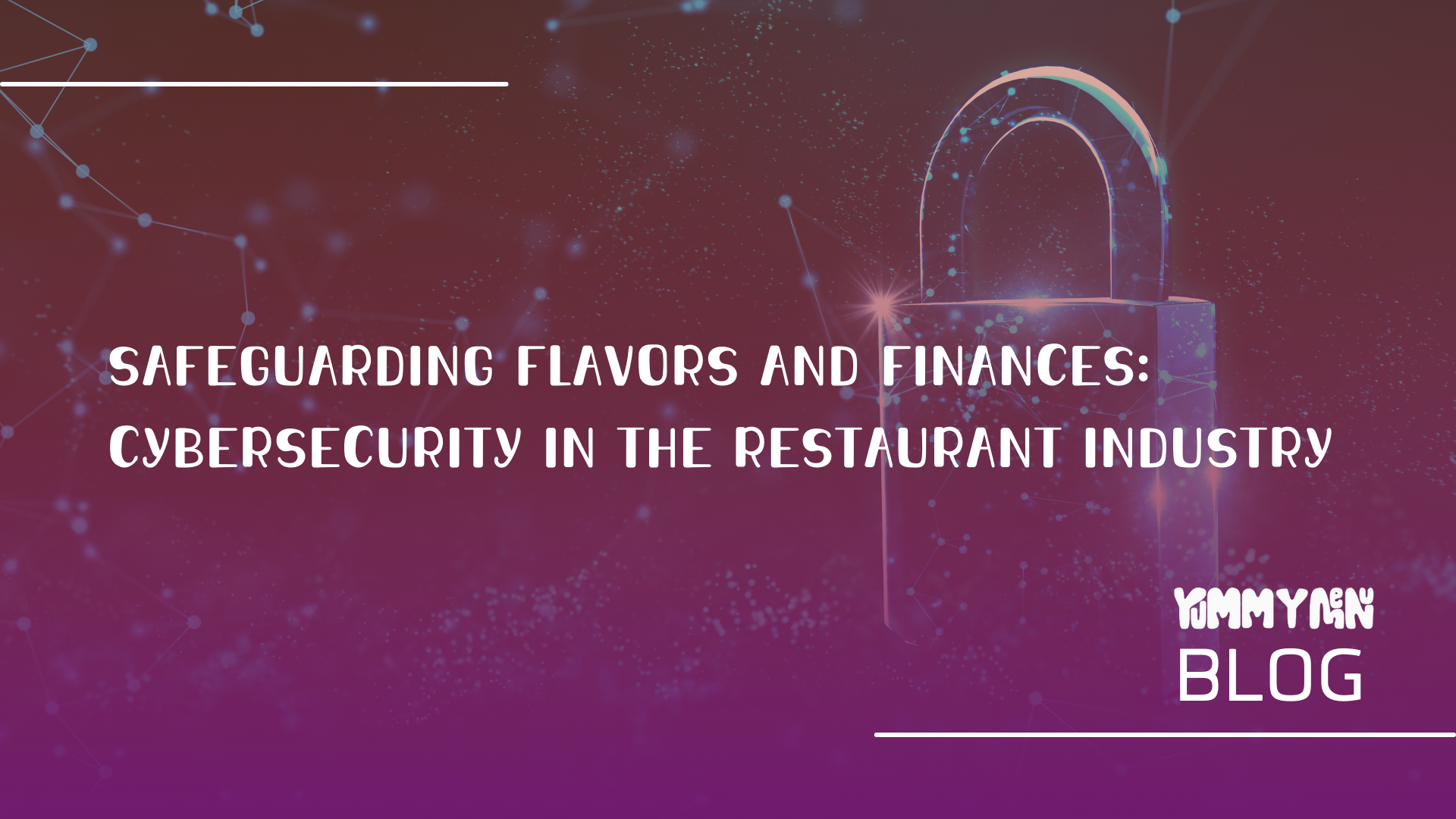
Safeguarding Flavors and Finances: Cybersecurity in the Restaurant Industry
In an era where technology is an integral part of the dining experience, the restaurant industry is not only serving up delectable dishes but also handling a treasure trove of customer data. From reservation systems and online ordering to loyalty programs, restaurants are increasingly reliant on digital platforms, making cybersecurity a critical concern. In this blog post, we explore the importance of cybersecurity in the restaurant industry and strategies to protect the sensitive customer data that flavors the success of these establishments.
The Growing Threat Landscape
As restaurants embrace digital transformation, the threat landscape expands, with cybercriminals targeting valuable customer information such as credit card details, personal preferences, and contact information. The consequences of a security breach extend beyond financial losses, including damage to reputation, legal implications, and a loss of customer trust.
Key Cybersecurity Challenges in the Restaurant Industry:
-
Point of Sale (POS) Vulnerabilities: Restaurants use POS systems to process payments, making them prime targets for cyberattacks. Malicious actors may exploit vulnerabilities in these systems to gain unauthorized access to payment information.
-
Online Ordering Risks: With the rise of online ordering platforms, restaurants face the challenge of securing customer data during the ordering and payment processes. Weaknesses in these systems can lead to data breaches and compromise sensitive information.
-
Wi-Fi Network Vulnerabilities: Many restaurants offer Wi-Fi access to enhance customer experience. However, insecure Wi-Fi networks can be exploited by cybercriminals to intercept data transmitted between devices, posing a threat to both customers and the restaurant's internal systems.
Protecting Customer Data: Best Practices
-
Encryption is Key: Implement end-to-end encryption for all customer data, especially during payment transactions. This ensures that even if data is intercepted, it remains indecipherable to unauthorized parties.
-
Regular Security Audits: Conduct regular cybersecurity audits to identify and address potential vulnerabilities in POS systems, online ordering platforms, and other digital interfaces. Regular testing helps stay one step ahead of potential threats.
-
Employee Training: Educate restaurant staff about cybersecurity best practices, emphasizing the importance of strong passwords, recognizing phishing attempts, and being vigilant against social engineering attacks. Human error is a common entry point for cyber threats.
-
Secure Wi-Fi Networks: If offering Wi-Fi access, secure the network with strong encryption, and implement measures to prevent unauthorized access. Consider separating the guest Wi-Fi network from internal systems to minimize potential risks.
-
Data Access Controls: Limit access to customer data only to authorized personnel. Implement strong access controls and regularly review and update permissions to prevent unauthorized access.
-
Incident Response Plan: Develop and regularly update an incident response plan to efficiently address and mitigate the impact of a cybersecurity incident. This includes communication strategies to keep customers informed in case of a breach.
As the restaurant industry continues to leverage technology to enhance customer experiences, the importance of cybersecurity cannot be overstated. Protecting customer data is not only a legal and ethical obligation but also a fundamental aspect of maintaining trust and credibility. By implementing robust cybersecurity measures, the restaurant industry can ensure that the flavors they deliver are savored without the bitter aftertaste of a security breach.
